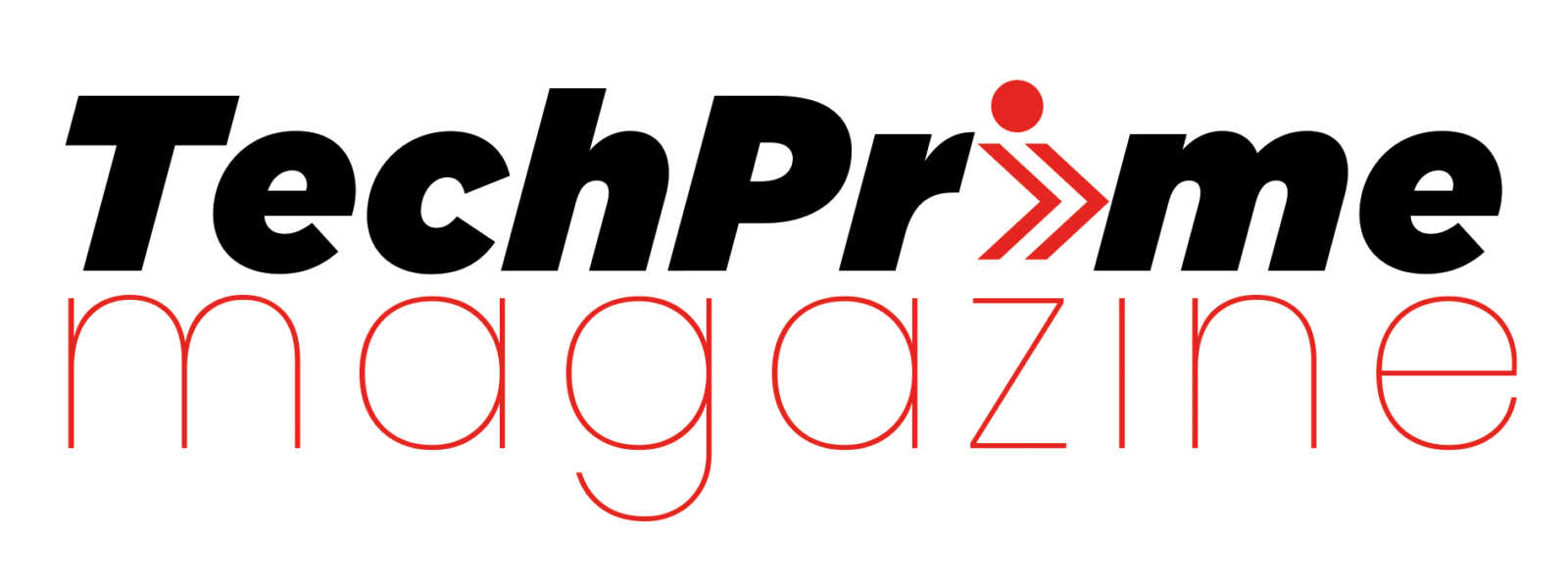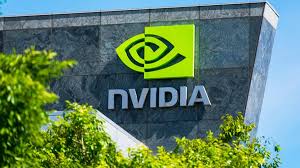“AI will supercharge scientific discovery and industrial innovation,”
Jensen Huang, founder and CEO of Nvidia.
Nvidia and Hewlett Packard Enterpise (HPE) in partnership with Leibniz Supercomputing Centre have announced plans to build a supercomputing centre that will utilize Nvidia’s next-generation chips.
Dubbed the “Blue Lion,” the project is set to be operational by early 2027.
The supercomputer promises roughly 30 times more computing power than its high-performance predecessor, SuperMUC-NG. It is designed to tackle some of humanity’s most complex challenges, from accelerating climate research and simulating turbulent atmospheric flows to advancing biotechnology and developing advanced AI models.
“AI will supercharge scientific discovery and industrial innovation,” stated Jensen Huang, founder and CEO of Nvidia, during a supercomputing conference in Hamburg, Germany, where the announcement was made. ” We’re building Europe’s most advanced AI supercomputer to enable the leading researchers, industries, and institutions to expand human knowledge, accelerate breakthroughs, and drive national advancement,” he added.
Nvidia’s next generation chips christened “Vera Rubin” combines Nvidia’s Rubin GPU (the successor to Blackwell) and Vera CPU, Nvidia’s first custom CPU. This integrated design aims to unify simulation, data, and AI into a single, high-bandwidth, low-latency engine for scientific computation. This holistic approach is crucial for modern scientific workflows that increasingly blend classic physics-based simulations with cutting-edge AI techniques.
Nvidia has for a long time championed the use of its chips by scientists to solve complex computer problems arguing that they have all the capabilities to speed up processes.
HPE’s role in the project will involve building the Blue Lion supercomputer using its next-generation HPE Cray technology, incorporating powerful storage and interconnect systems. The system will feature HPE’s 100% fanless direct liquid-cooling architecture, which promises enhanced energy and cost efficiency by reusing heat generated by the supercomputer to warm nearby buildings.
Antonio Neri, President and CEO of HPE, has consistently emphasized the importance of making supercomputing more accessible.
While not directly commenting on Blue Lion, Neri has previously articulated HPE’s vision for broadening the reach of these powerful machines. “The supercomputer has been available to only a few privileged people. That’s where as I think about these types of technologies one of the requirements of supercomputing is how to make it inclusive and available to all,” Neri said in an earlier statement, highlighting HPE’s commitment to delivering integrated, easy-to-deploy AI solutions.
The development of Blue Lion follows on the heels of other significant supercomputing announcements in Germany. Nvidia confirmed at the Hamburg conference that “Jupiter,” another supercomputer utilizing Nvidia chips at Germany’s Forschungszentrum Jülich, has officially become Europe’s fastest system.
These investments underscore a concerted effort by European institutions to maintain a leading edge in high-performance computing, which is vital for fostering innovation and addressing critical global issues.
With Blue Lion, Germany is positioning itself at the forefront of AI-driven scientific discovery, enabling researchers to analyze thousands more scenarios in greater detail than ever before, paving the way for unprecedented breakthroughs in various scientific domains.

